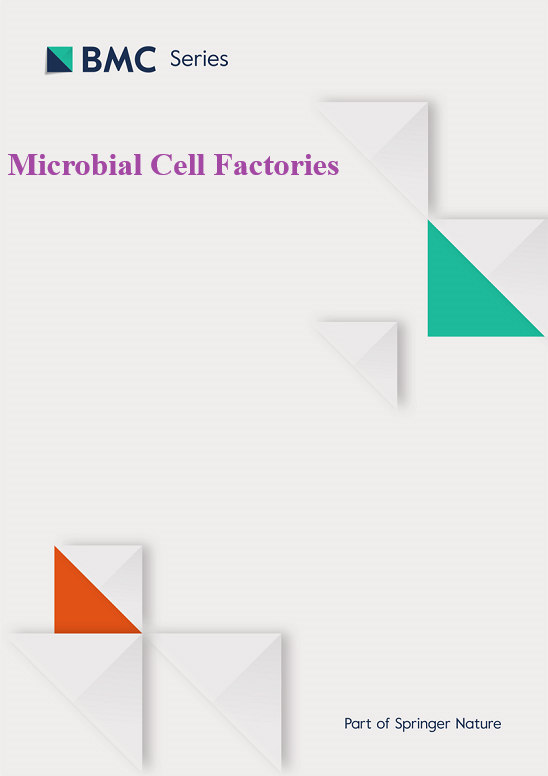Metabolic engineering strategies for L-Homoserine production in Escherichia coli.
IF 4.3
2区 生物学
Q1 BIOTECHNOLOGY & APPLIED MICROBIOLOGY
引用次数: 0
Abstract
L-Homoserine, serves as a non-essential precursor for the essential amino acids derived from L-aspartate in both animals and humans. It finds widespread applications across the food, cosmetics, pharmaceutical, and animal feed industries. Microbial fermentation, primarily utilizing Escherichia coli, is the dominant approach for L-Homoserine production. However, despite recent advancements in fermentative processes employing E. coli strains, low production efficiency remains a significant barrier to its commercial viability. This review explores the biosynthesis, secretion, and regulatory mechanisms of L-Homoserine in E. coli while assessing various metabolic engineering strategies aimed at improving production efficiency.
大肠杆菌生产l -同型丝氨酸的代谢工程策略
l -同型丝氨酸,在动物和人类中都是由l -天冬氨酸衍生的必需氨基酸的非必需前体。它广泛应用于食品、化妆品、制药和动物饲料行业。微生物发酵,主要利用大肠杆菌,是生产l -高丝氨酸的主要方法。然而,尽管最近在利用大肠杆菌菌株的发酵过程中取得了进展,但低生产效率仍然是其商业可行性的重大障碍。本文综述了大肠杆菌中l -同型丝氨酸的生物合成、分泌和调控机制,并评估了各种旨在提高生产效率的代谢工程策略。
本文章由计算机程序翻译,如有差异,请以英文原文为准。
求助全文
约1分钟内获得全文
求助全文
来源期刊

Microbial Cell Factories
工程技术-生物工程与应用微生物
CiteScore
9.30
自引率
4.70%
发文量
235
审稿时长
2.3 months
期刊介绍:
Microbial Cell Factories is an open access peer-reviewed journal that covers any topic related to the development, use and investigation of microbial cells as producers of recombinant proteins and natural products, or as catalyzers of biological transformations of industrial interest. Microbial Cell Factories is the world leading, primary research journal fully focusing on Applied Microbiology.
The journal is divided into the following editorial sections:
-Metabolic engineering
-Synthetic biology
-Whole-cell biocatalysis
-Microbial regulations
-Recombinant protein production/bioprocessing
-Production of natural compounds
-Systems biology of cell factories
-Microbial production processes
-Cell-free systems
 求助内容:
求助内容: 应助结果提醒方式:
应助结果提醒方式:


